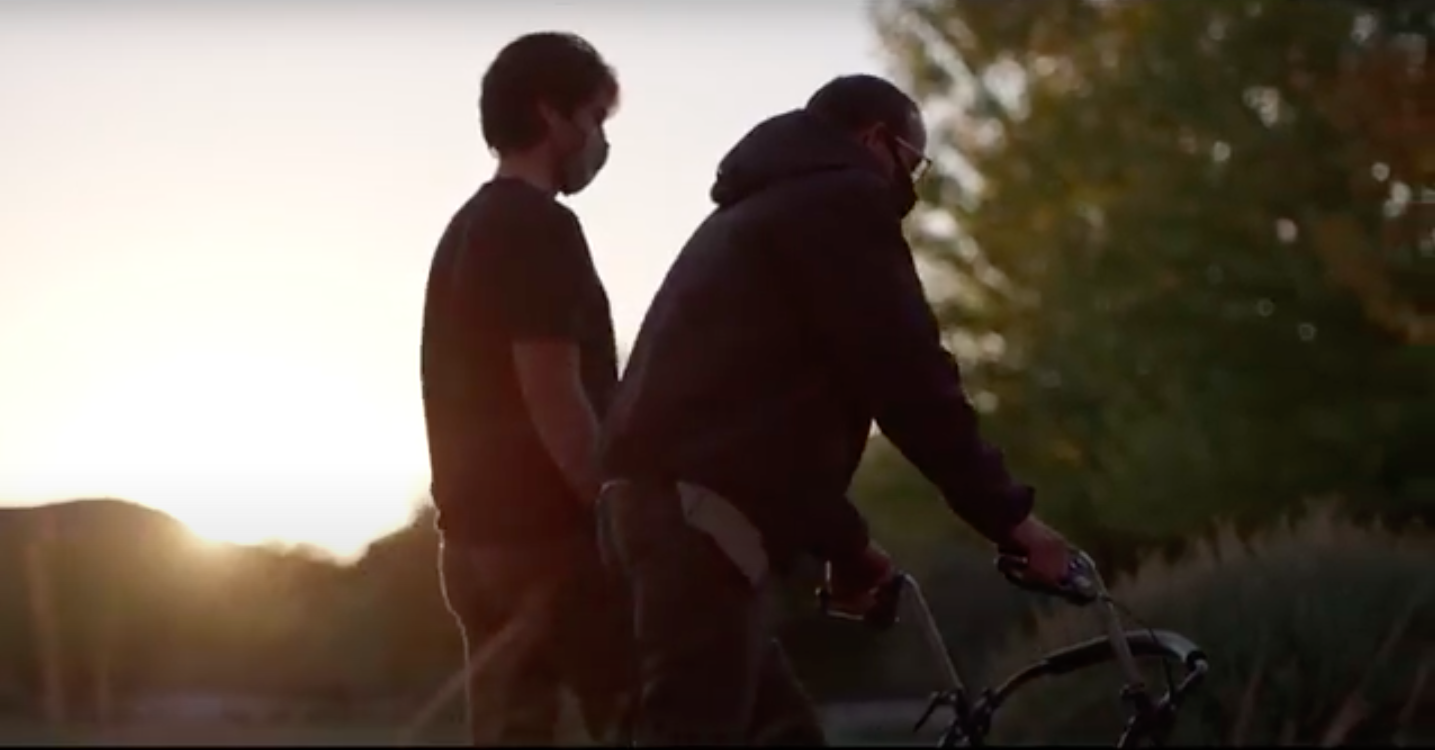How to Start Your Inclusive Walking Group
Hopefully, our last article, FITT Walking to be Fit, motivated you to add walking to your daily routine. Maybe it cemented the fact that walking is important to you. Now that you know how to start a walking program are you thinking about walking more and sharing your new goal of walking with others? Are there any benefits to walking in groups? Studies have shown that exercising in groups or with a partner can be motivating. A study by Dunton, et al in 2015 found that being with other people while doing physical activity can improve mood. The study also found that exercising outdoors can make us feel better. This supports the belief that walking with others can be beneficial to one’s health. But how do we create a group that people of all ability levels can take part in and benefit from? Below are tips on how to start your inclusive walking group.
Walking And Social Distancing: What to Consider Before You Start
Due to the COVID-19 pandemic, it is important to consider current recommendations on how to safely participate in a walking group. Top White House COVID-19 task force officials have determined that walking outdoors is a safe activity to do during the COVID-19 pandemic. The current Center for Disease Control and Prevention (CDC) guidelines recommend that when walking outside it is important to remain a safe distance between yourself and others not from your household and to practice good hand hygiene to prevent the spread of COVID-19. It is also recommended to wear a mask, especially if there is the chance you could be near other people. Recently, the CDC required the wearing of face masks on public transportation. The US Department of Health and Human Services recommends checking guidelines from local and state health officials on the recommendations for safely walking outside, as different areas might have different regulations. It would also be a good idea to check on the closures of local parks or community spaces ahead of time. If it is not feasible for you to create an in-person walking group at this time, then another option is connecting virtually. Gather a group of people together on a virtual platform, such as Meetup, Strava or Facebook, and motivate each other to keep moving. If there are factors that prevent walking outside, home workouts are available online. These online workouts can have positive effects on your health and can be incorporated into your group’s fitness goal. Now that you have considered the safety of participating in group activities, let’s discuss how to create your group.
Creating Your Group
The National Center on Physical Activity and Disability (NCHPAD) is a great resource for creating your inclusive walking group. The NCHPAD states that an inclusive walking group is just as it sounds “groups of people who get together to enjoy the physical and mental benefits that come from walking and social interaction and engagement” and includes people with all levels of walking ability and fitness level. Not everyone walks in the same way, some use devices to help them walk, such as walkers or wheelchairs, and some are able to walk upright without any difficulty. However, people of all ability levels can come together in a supportive way to motivate each other to keep moving.
Before starting your inclusive walking group, it is important to ensure that all members, including yourself, are able to safely participate in a walking program as recommended by a health care professional. If anyone has questions they can refer to our article on FITT Walking to be Fit for guidance or contact their healthcare professional. Second, the NCHPAD notes that it is important to scout your route prior to walking. This ensures that all potential participants will be able to walk safely and feel comfortable being part of the group. The NCHPAD provides these specific guidelines when determining your walking route:
Route is flat or features minimal, gradual elevation change(s)
Elevation changes greater than one-half inch feature ramps to make them more feasible
Paths are at least 36 inches wide throughout the entire route, and at least 48 inches wide for turns
Slopes are no more than 1:20 rise-to-run ratio and cross slopes no more than 1:48
All surfaces are smooth (sidewalks, paved trails, boardwalks, etc.) and do not act as obstacles (broken, splintered, non-existent in areas, no connectivity, etc.)
Connectivity exists throughout the route in the form of seamless accessible features such as curb cuts, ramps, and crosswalks
Crosswalks are well marked and feature multiple signals (audible and visual)
Curb cuts and other elevation and surface changes are marked in some manner to alert participants, such as with truncated domes
If you are looking for more information on how to start your own inclusive walking program, the NCPHAD website has more information.
After your walking route has been created and tested, survey the group to make sure that everyone agrees on the difficulty of the walk. Ensure that all participants' input is heard to create the walking program that fits everyone. Another option is to allow different members of the group to choose the route on different days or weeks. It is also important to maintain the momentum of the group. Some ideas could include deciding on a name for your walking group or setting new group goals.
Lastly, enjoy the time spent walking and the camaraderie of working together with others to create a healthier sense of well-being! Are you part of a walking group? What stories do you have about your group? How have you stayed connected and motivated during the COVID-19 pandemic? We would love to hear from you!
Sources:
https://content.apa.org/record/2015-24689-001
https://www.nchpad.org/Videos/PLwMObYmlSHaPIArTOC4JBZfeuU7LN7KVJ


